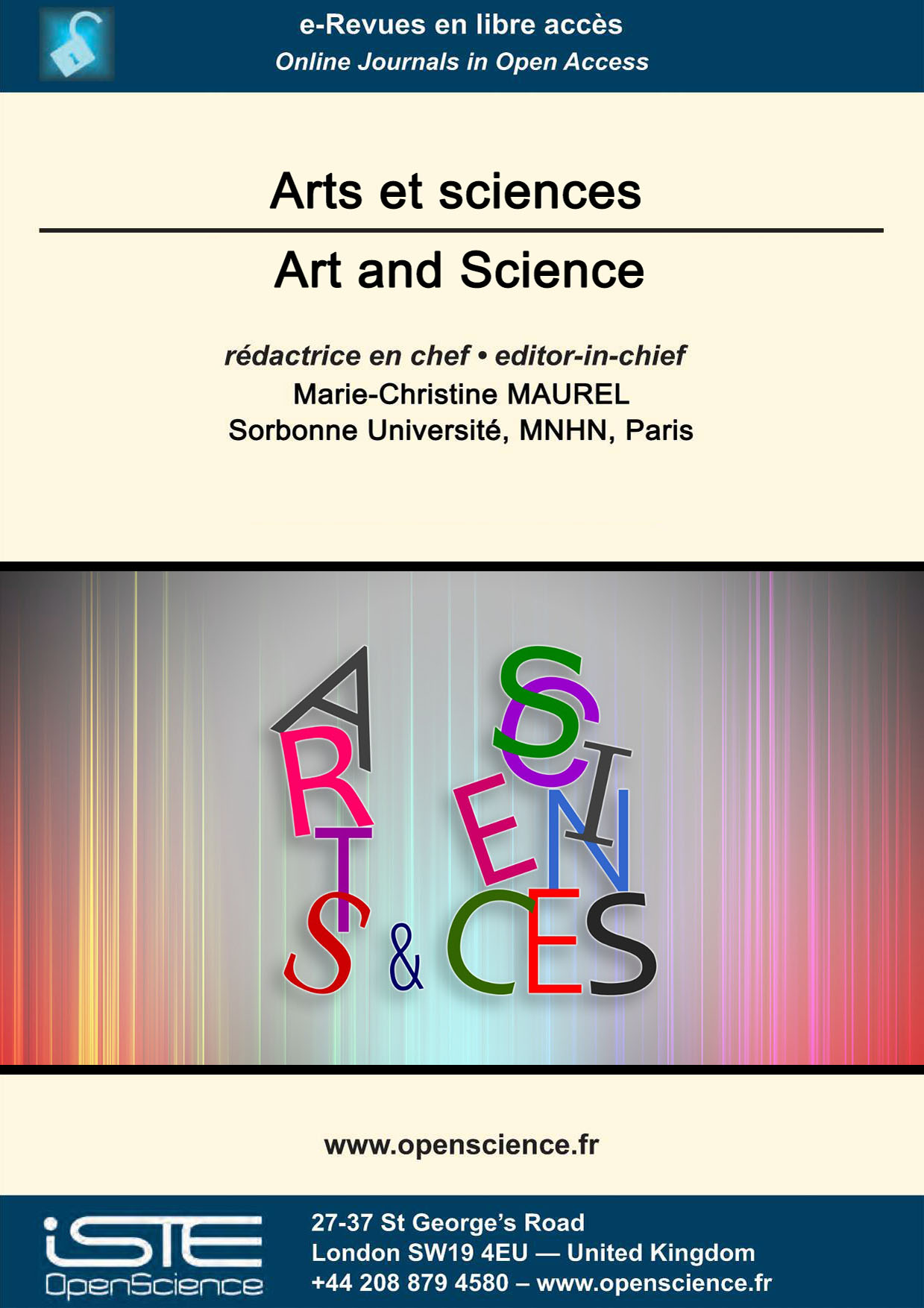

Social Sciences and Humanities > Home > Art and Science > Issue
Official painter to King François1st, Jean Clouet, made famous by his numerous drawn portraits (kept at the Condé museum in Chantilly), left us a small number of painted portraits. The analysis of five of his painted portraits shows that each of them has an internal geometry. The geometric approach followed by Jean Clouet is very similar and sometimes even identical to that initiated by Leonardo da Vinci to create his painted portraits.
Official painter to King François1st, Jean Clouet, made famous by his numerous drawn portraits (kept at the Condé museum in Chantilly), left us a small number of painted portraits. The analysis of five of his painted portraits shows that each of them has an internal geometry. The geometric approach followed by Jean Clouet is very similar and sometimes even identical to that initiated by Leonardo da Vinci to create his painted portraits.
This article looks at two works that deal with the brain and the sciences that take it as their object: The Maze (1953) by Canadian painter William Kurelek and The Various Lives of Thoughts (2009-2010) by British artist Sue Morgan. The former is a painting that uses cerebral imagery to speak of a tormented interiority, while the latter is an installation showcasing the brain sciences as they seek to explain the workings of the mind. Beyond the differences in approach, we will see that a comparison of these two works highlights the influence of the scientific referent in each case: while Kurelek’s painting is clearly influenced by a certain history of the brain sciences, relating to phrenology, psychiatry and neurology, Sue Morgan’s installation bears witness to the cultural importance acquired by the neurosciences over the last few decades, as well as to the way in which they are viewed by science and technology studies. These two works demonstrate the richness of the notion of scientific culture when it is seen as a dynamic process ranging from scientific discourse to the appropriations made of it by symbolic producers according to their own logic and trajectories.
Mélanie and her husband, a scientist specialising in the biology of salt lakes, go on holiday to the Camargue to observe pink flamingos and visit the saltworks.

2024
Volume 24- 8
Issue 12023
Volume 23- 7
Issue 12022
Volume 22- 6
Issue 12021
Volume 21- 5
Issue 12020
Volume 20- 4
Special issue2019
Volume 19- 3
Issue 12018
Volume 18- 2
Issue 12017
Volume 17- 1
Issue 1